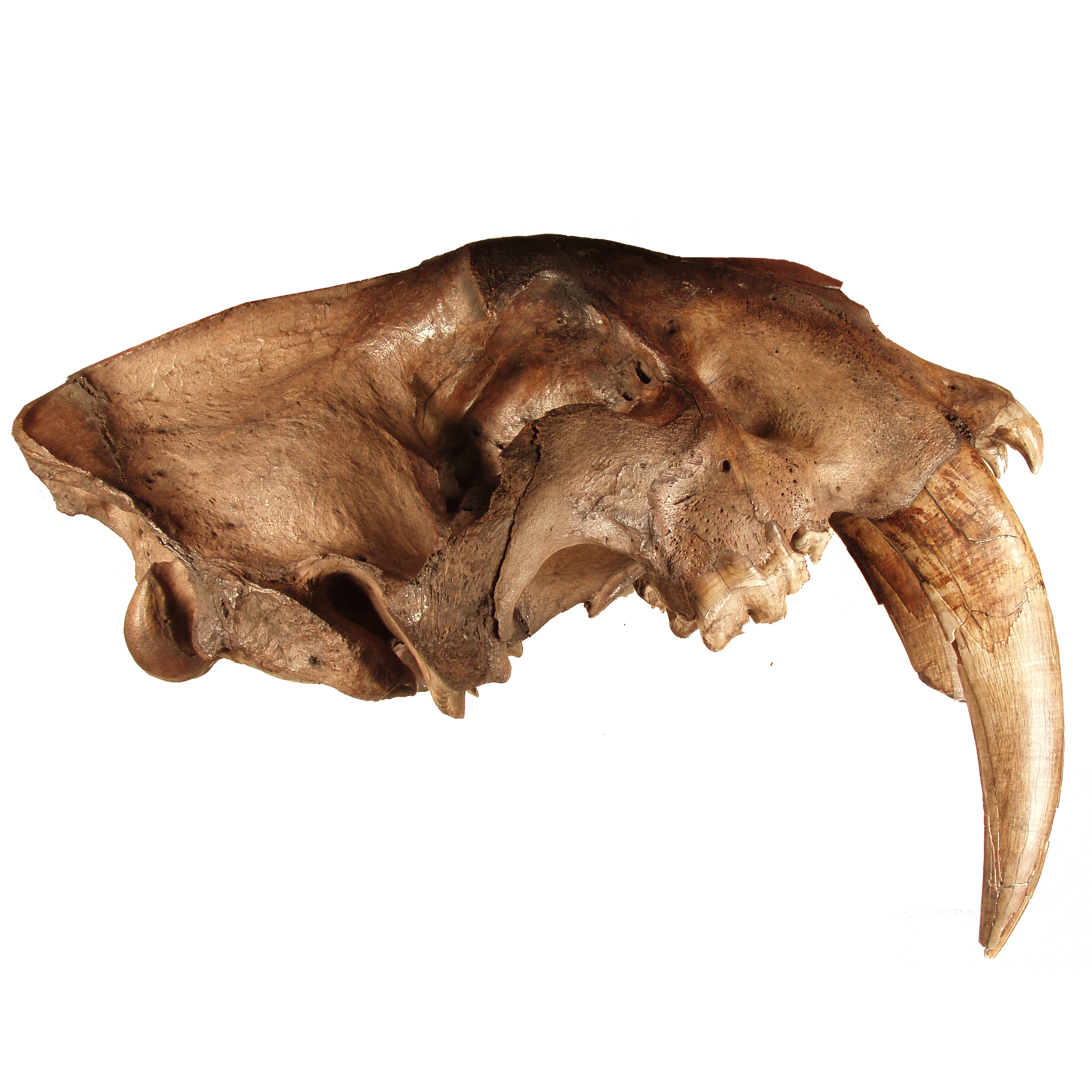To understand higher-level trophic relationships in ancient ecosystems as well as to understand how evolution of specialized morphology (saber-toothed canines) affects the ecology of carnivores, I have studied the diet of the saber-toothed felid Smilodon, commonly known as the saber-tooth tiger. This research addresses five main questions: (1) How long and how fast do the enlarged canines of Smilodon take to grow; (2) Can specific prey on which Smilodon fed be determined; (3) Does the diet of Smilodon change during the development of its canine; and (4) Do ancient co-occurring carnivorous taxa partition resources?; (5) Does the saber-toothed condition in Smilodon effect its ecology compared to closely related species that do not have saber-teeth? My studies focus on analyzing carbon and oxygen isotope values incorporated in tooth enamel of these carnivores and herbivores from the same fossil locality. First, resource use and partitioning in an herbivore fauna is characterized. If the relationships among herbivores can be discriminated, I can then attempt to determine if the carnivores are focusing their feeding on specific herbivores. Since there is limited fractionation of carbon isotopes between trophic levels carnivores should have isotopic values similar to their prey.
Results obtained so far suggest that Smilodon canines grow in a manner similar to, but also different from, both modern lions and tigers. Smilodon appears to grow its canines by utilizing a quick growth rate and a long growth period. Lions have a slow growth rate, but a long growth period, while tigers have a quick growth rate but a short growth period. Analysis of the fauna from the 1.5 million year old Leisey Shell Pit locality suggests that Smilodon is a generalist. Current research on this topic focuses on understanding the eruption rate of the canine, and determining when the tooth was functional.




